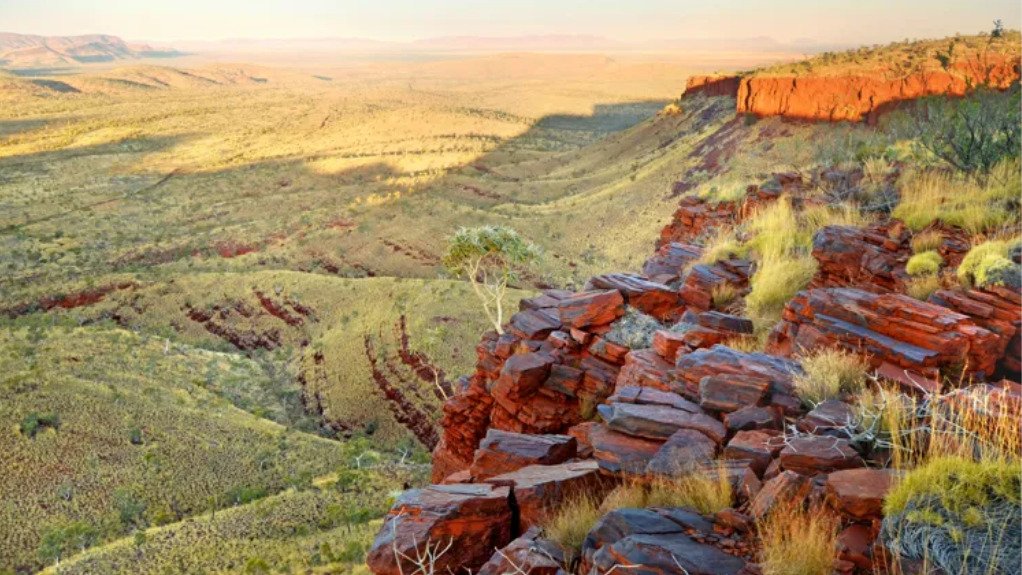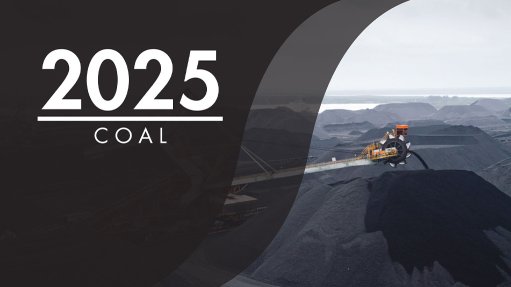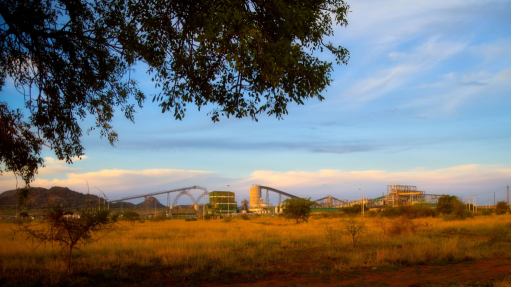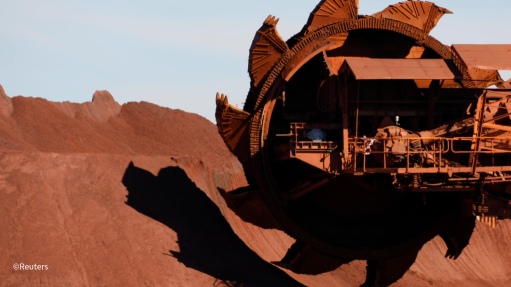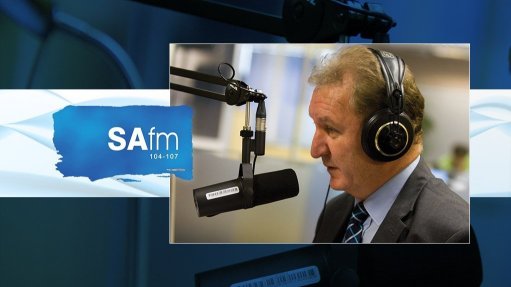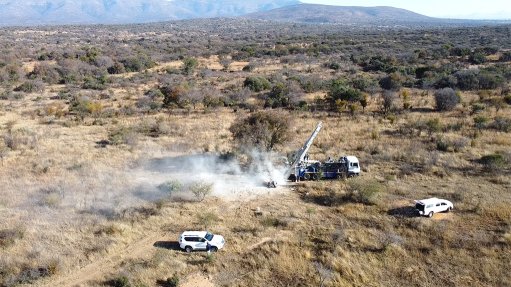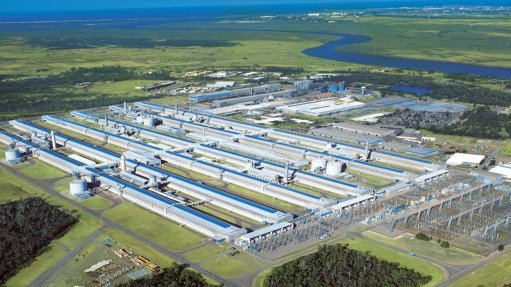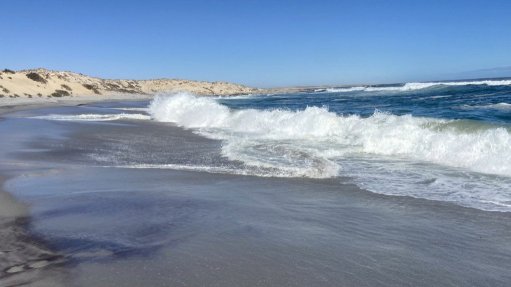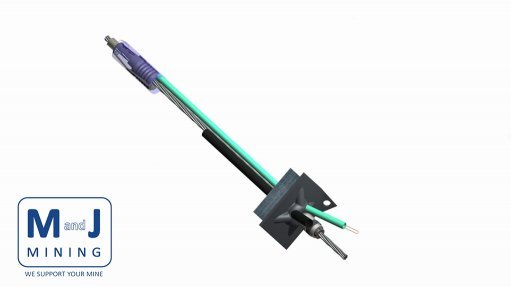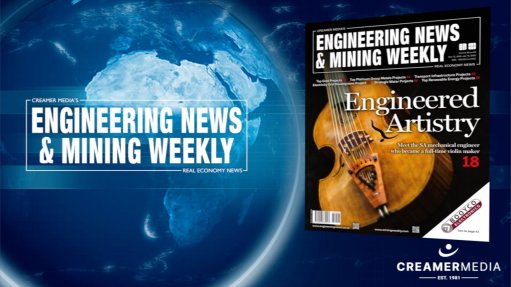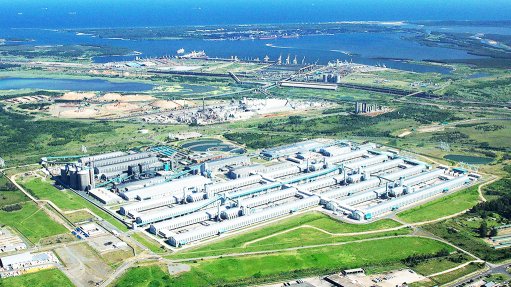Shared Pilbara infrastructure could save Australia $30bn – report
Australia could save more than $30-billion over the next 25 years if the Pilbara adopts a coordinated approach to electricity transmission and generation infrastructure, according to a new report commissioned by the Clean Energy Finance Corporation (CEFC).
The Marsden Jacob Associates study, titled 'Common user transmission and decarbonising Pilbara energy demand', argues that a common user transmission infrastructure (CUTI) system would deliver climate and economic benefits in one of the nation’s most emissions-intensive industrial regions.
The Pilbara currently accounts for about 40% of Western Australia’s emissions and nearly a quarter of Australia’s total industrial emissions, largely owing to the energy-intensive nature of mining resources and heavy industry. About 98% of the region’s power is still generated from fossil fuels, despite world-class solar and wind resources.
The report found that a CUTI model – in which multiple miners, energy producers and industrial users connect to a single grid – would avoid duplication of private infrastructure and significantly lower overall costs. Estimated savings include A$4-billion in avoided transmission costs and A$26-billion in avoided generation and storage costs, alongside reductions in land use and new transmission line length.
CEFC executive director for Western Australia and Resources Rob Wilson said the findings highlighted the need for urgent collaboration across industry, government and developers. “This is a clear opportunity to build it once and build it right. The economic case is overwhelming. And the coordination required is both achievable and essential,” he said.
The report also warned that without coordinated planning, the region could repeat mistakes made in the rail sector, where parallel, private infrastructure increased land disturbance and limited access for smaller operators. “The cost of delay is enormous,” Wilson added. “It takes years and many millions of dollars in early investment to identify corridors, conduct engineering, and secure approvals. Without increased commitment from stakeholders now, the region risks defaulting to expensive and inefficient solutions.”
CEFC CEO Ian Learmonth said shared infrastructure would help position Australia as a global clean energy leader. “The Pilbara is one of Australia’s economic powerhouses, and it now has a critical opportunity to lead the nation’s industrial decarbonisation. This report confirms that smarter, shared infrastructure delivers both climate and economic wins. It is the kind of solution that strengthens Australia’s position as a future energy superpower.”
The Western Australian government has played a central role in advancing the concept, launching the Pilbara Industry Roundtable in 2023, where major miners made public commitments to explore shared transmission. While progress has been uneven – with companies moving at different speeds in their energy transition plans – the report stresses that cooperation is essential.
Wilson noted that benefits would extend beyond the majors to midtier miners, emerging green industries such as hydrogen and green iron, and regional communities. “There are significant benefits for the major Pilbara miners of working together, rather than individually funding inefficient subscale systems. In addition, midtier miners, Pilbara industry, and future green industry would benefit from being able to access a grid. Everyone can win under this coordinated approach, but it requires urgent cooperation, coordination and leadership.”
The CEFC emphasised that engagement with Traditional Owners must also be a priority, with a CUTI system expected to reduce land disturbance compared with fragmented projects and better align with long-term planning goals.
Article Enquiry
Email Article
Save Article
Feedback
To advertise email advertising@creamermedia.co.za or click here
Press Office
Announcements
What's On
Subscribe to improve your user experience...
Option 1 (equivalent of R125 a month):
Receive a weekly copy of Creamer Media's Engineering News & Mining Weekly magazine
(print copy for those in South Africa and e-magazine for those outside of South Africa)
Receive daily email newsletters
Access to full search results
Access archive of magazine back copies
Access to Projects in Progress
Access to ONE Research Report of your choice in PDF format
Option 2 (equivalent of R375 a month):
All benefits from Option 1
PLUS
Access to Creamer Media's Research Channel Africa for ALL Research Reports, in PDF format, on various industrial and mining sectors
including Electricity; Water; Energy Transition; Hydrogen; Roads, Rail and Ports; Coal; Gold; Platinum; Battery Metals; etc.
Already a subscriber?
Forgotten your password?
Receive weekly copy of Creamer Media's Engineering News & Mining Weekly magazine (print copy for those in South Africa and e-magazine for those outside of South Africa)
➕
Recieve daily email newsletters
➕
Access to full search results
➕
Access archive of magazine back copies
➕
Access to Projects in Progress
➕
Access to ONE Research Report of your choice in PDF format
RESEARCH CHANNEL AFRICA
R4500 (equivalent of R375 a month)
SUBSCRIBEAll benefits from Option 1
➕
Access to Creamer Media's Research Channel Africa for ALL Research Reports on various industrial and mining sectors, in PDF format, including on:
Electricity
➕
Water
➕
Energy Transition
➕
Hydrogen
➕
Roads, Rail and Ports
➕
Coal
➕
Gold
➕
Platinum
➕
Battery Metals
➕
etc.
Receive all benefits from Option 1 or Option 2 delivered to numerous people at your company
➕
Multiple User names and Passwords for simultaneous log-ins
➕
Intranet integration access to all in your organisation



